Bety Krňanská - From Grid to Grip: When Fabric Becomes Machine
Bety Krňanská quilts with steel, frames chrome with thread, and lets softness haunt the hard shell of industry.
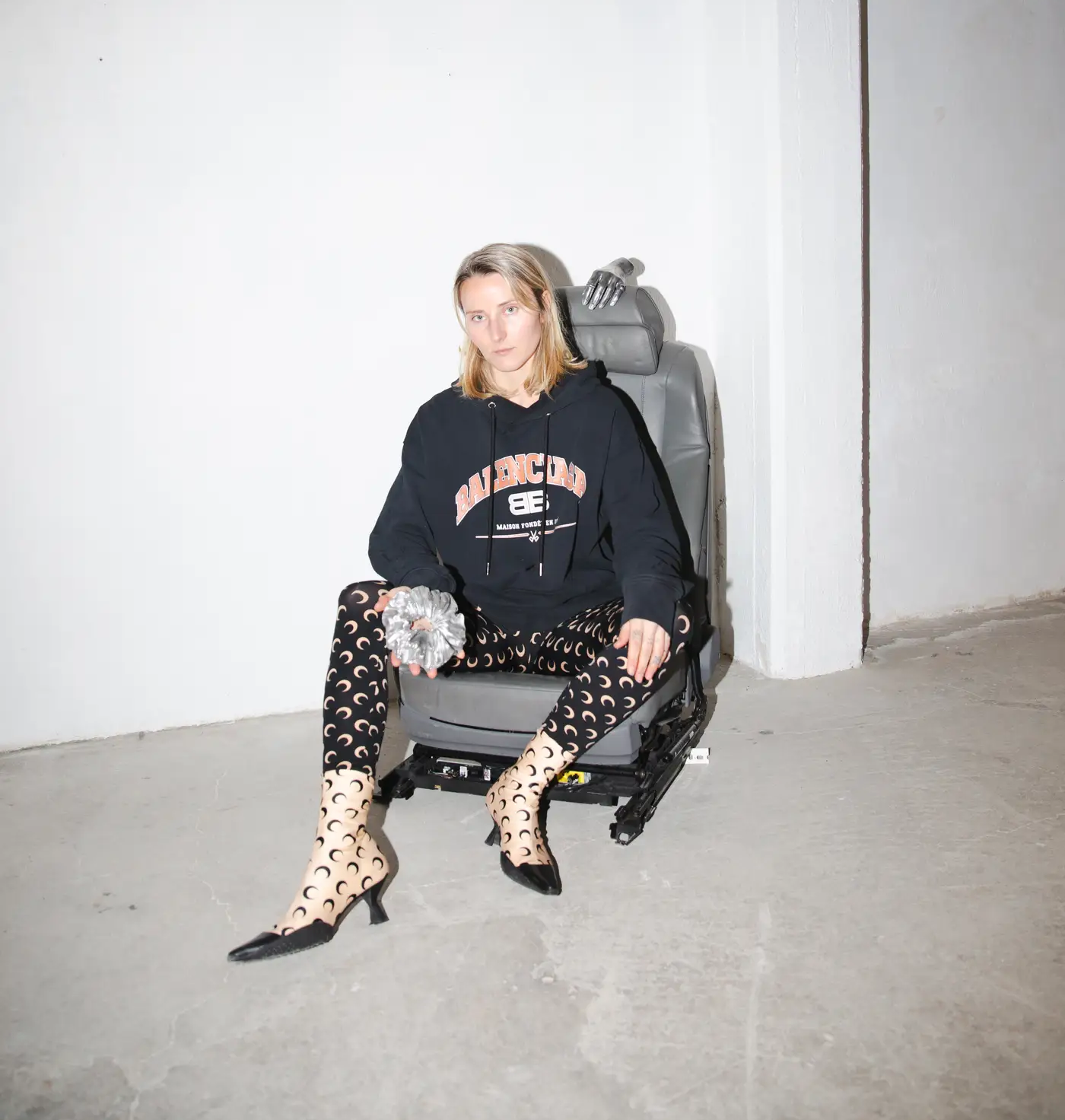
Bety Krňanská’s work—rooted in both domestic touch and mechanized force—reimagines sculpture as a confrontation between care and control.
"She doesn’t soften the machine. She rewires it."
Based between Prague and Athens, her practice turns car parts into surfaces of tenderness, and lace into a weapon.
This is not about opposing masculine forms—it’s about hacking them.
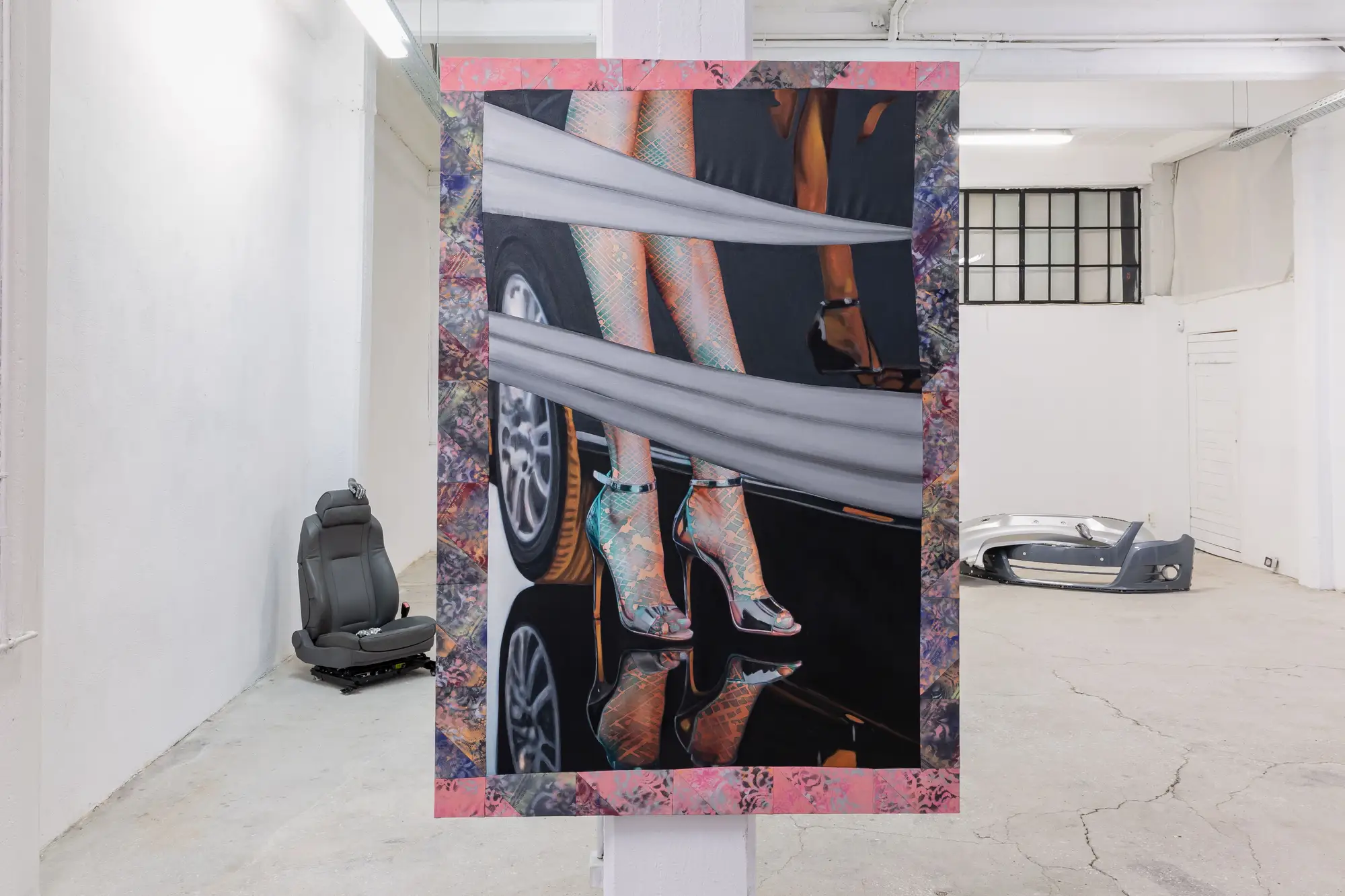
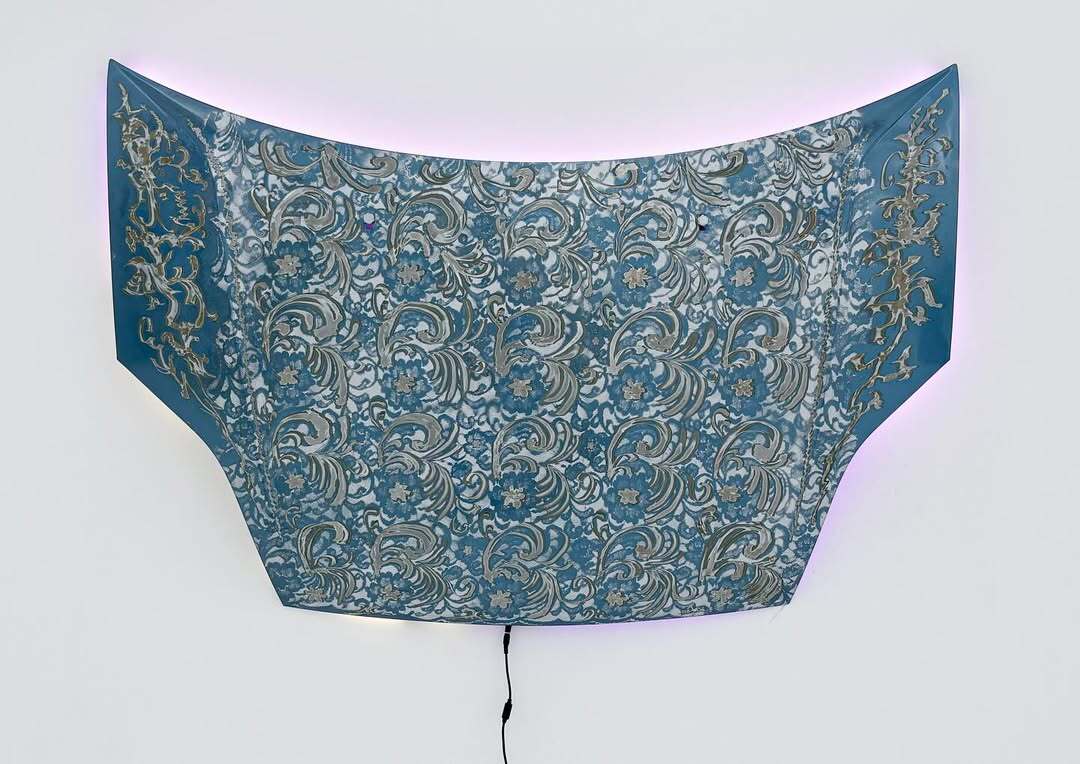
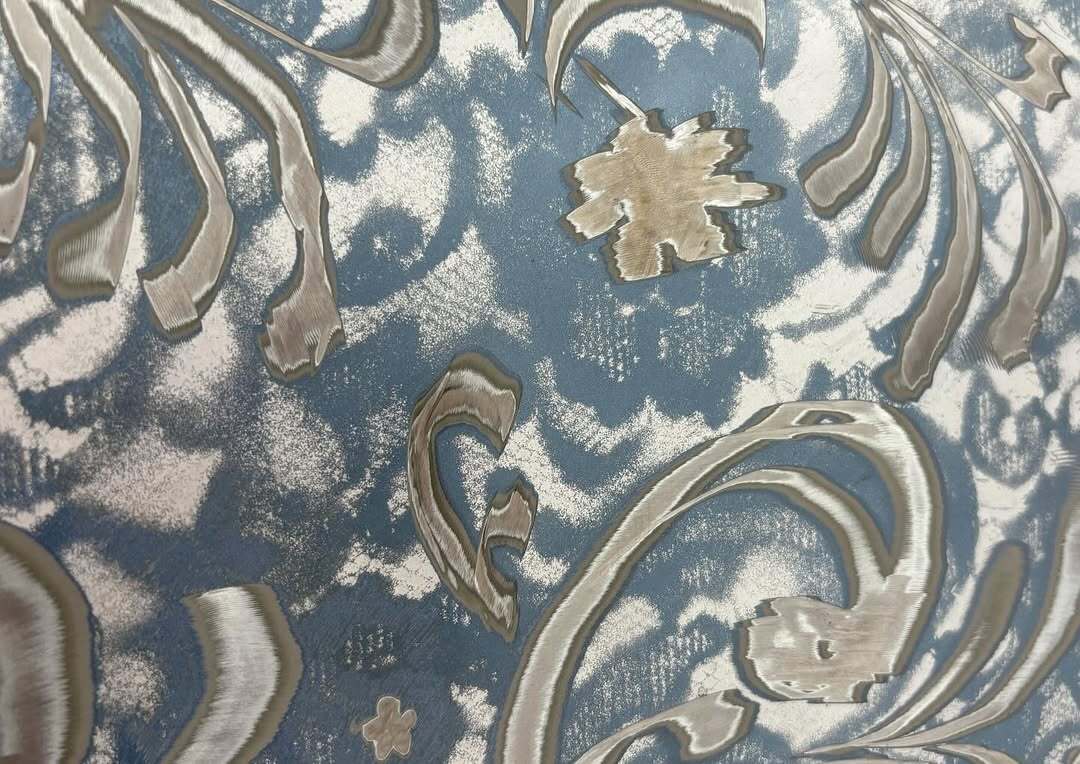
Upcoming Shows:
This year, Krňanská’s trajectory accelerates with several upcoming exhibitions. In Athens, she joins a powerful group show at George Benias Gallery, followed by her first solo show at the same venue—an anticipated deep dive into her sculptural-painting hybrids.
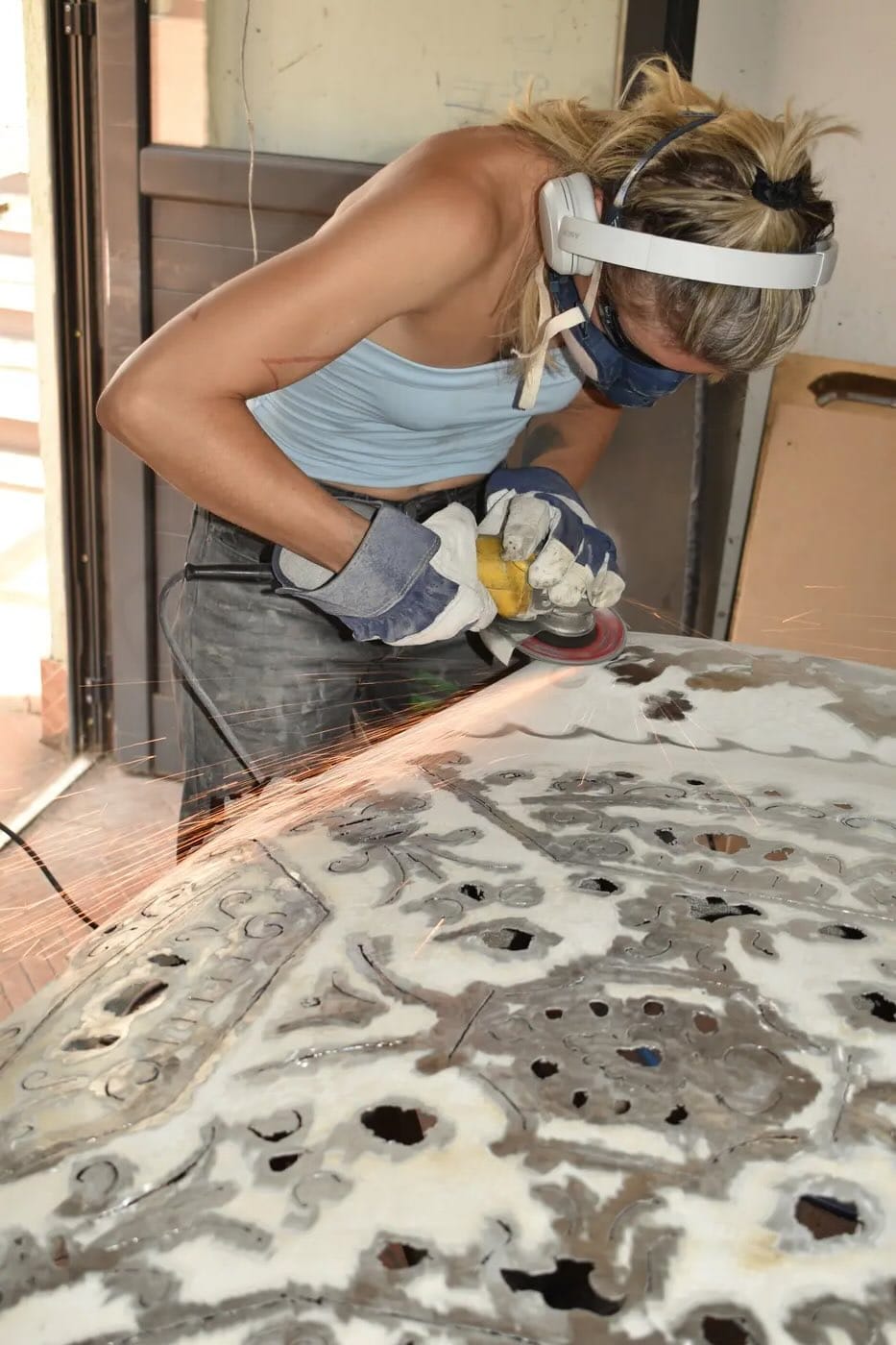
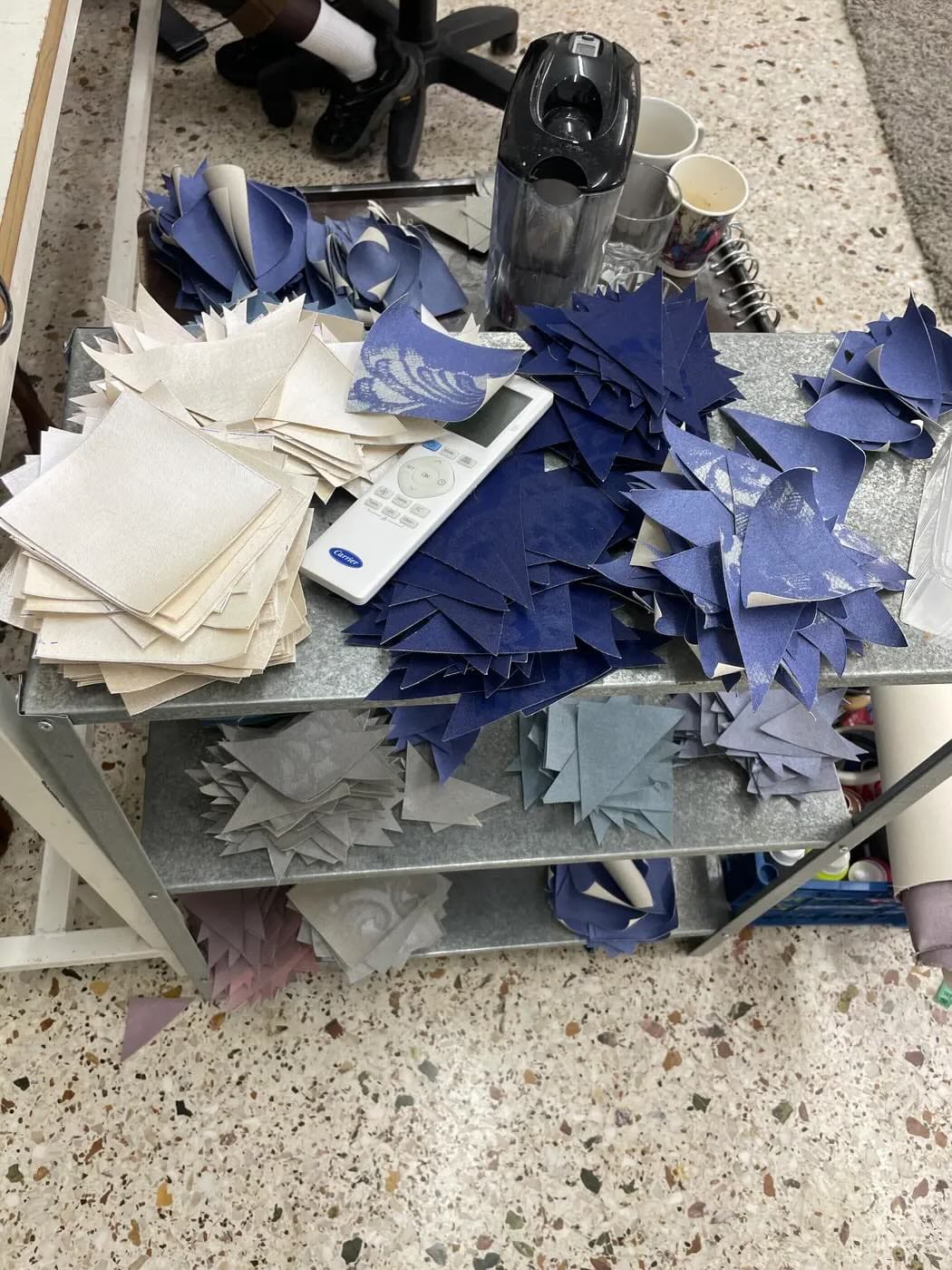
Bety Krňanská at work: from spark to stitch In this dual view, Krňanská is captured mid-process—engraving ornate patterns into a car hood using an angle grinder, and preparing meticulously cut textile fragments for her sculptural panels. The materials may differ—steel and satin—but the logic remains: repetition, precision, resistance. Permission and courtesy of the artist.
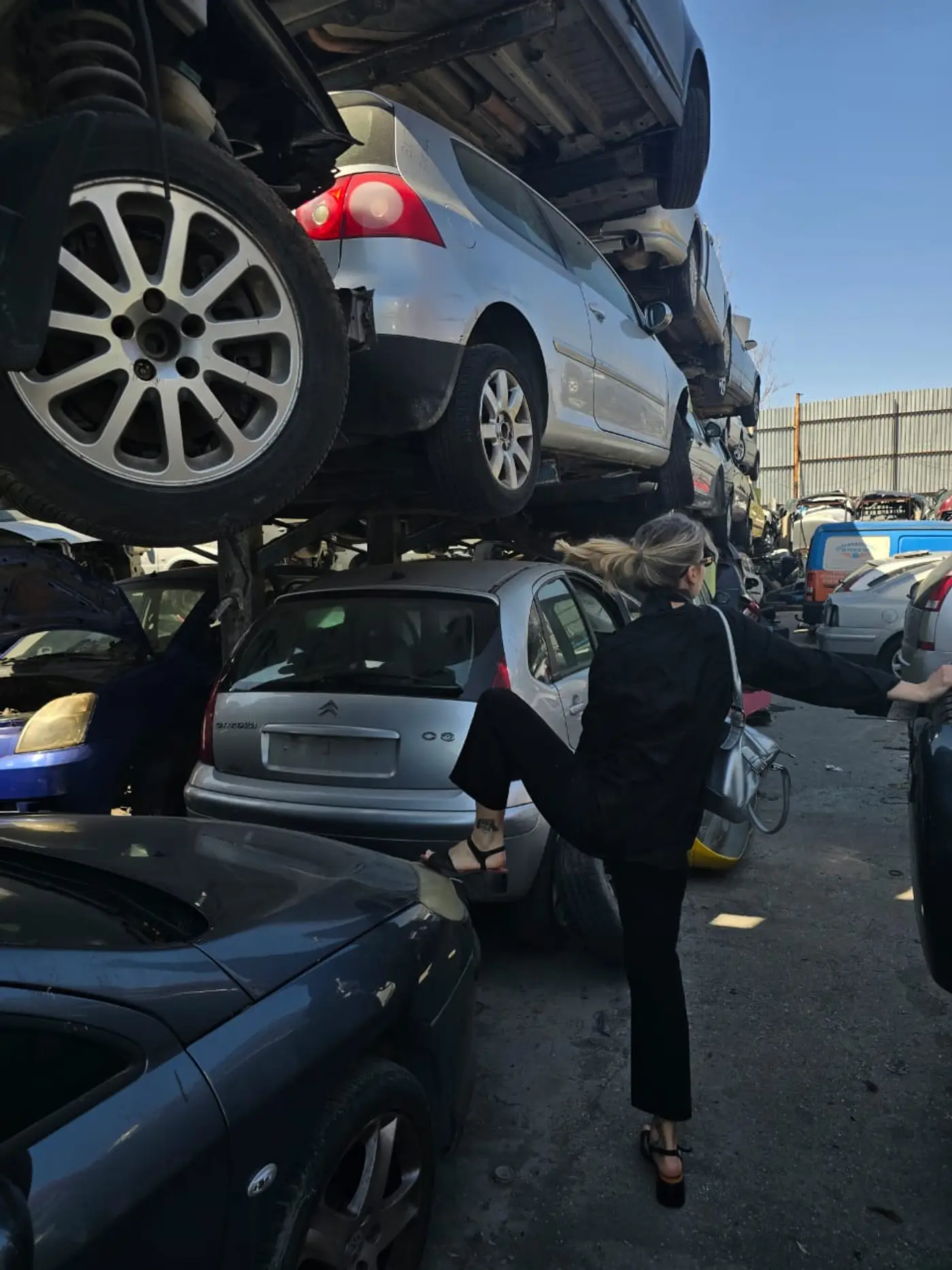
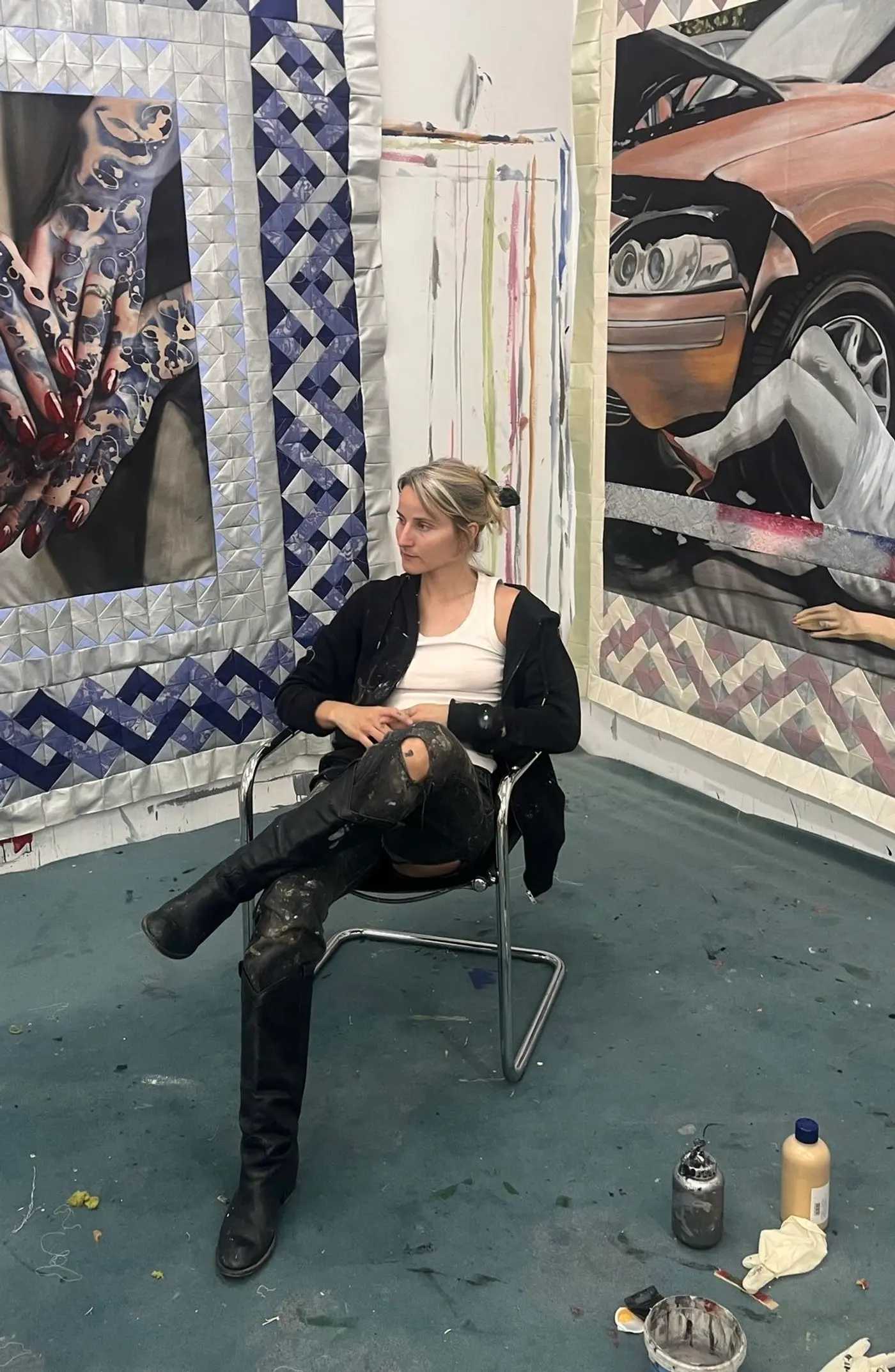
Bety Krňanská, on the hunt in Athens, studio view and working on her upcoming shows. permission and courtesy of the artist
Back in Prague, she returns to SPOT Gallery in another group presentation that brings her material language back to its roots: post-industrial, emotionally loaded, and culturally entangled.
Where Quilts Meet Car Parts: Krňanská’s Soft Resistance
In Bety Krňanská’s work, gender doesn’t just inform form—it collides with it. What once was patchwork is now panelwork.
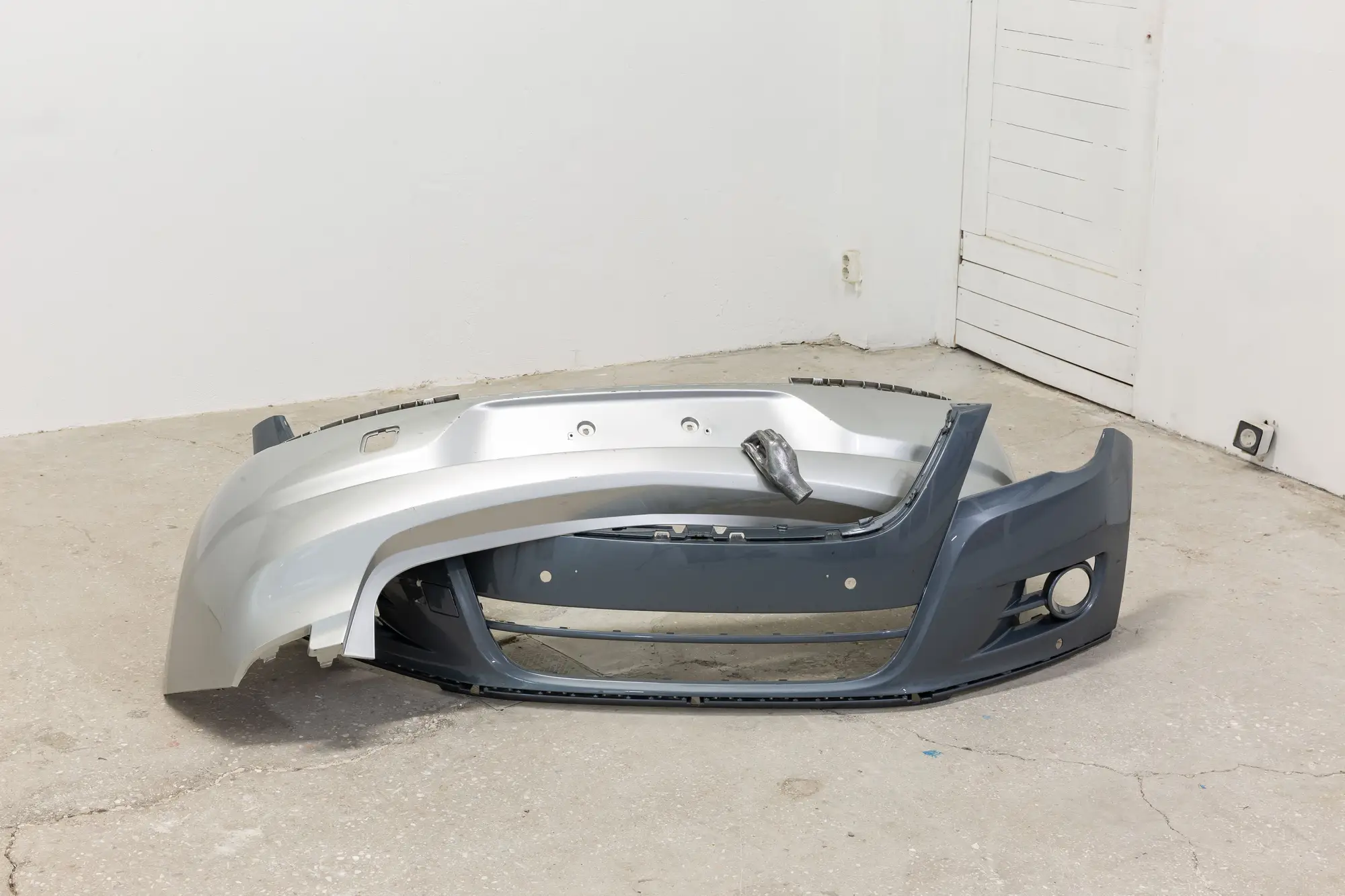
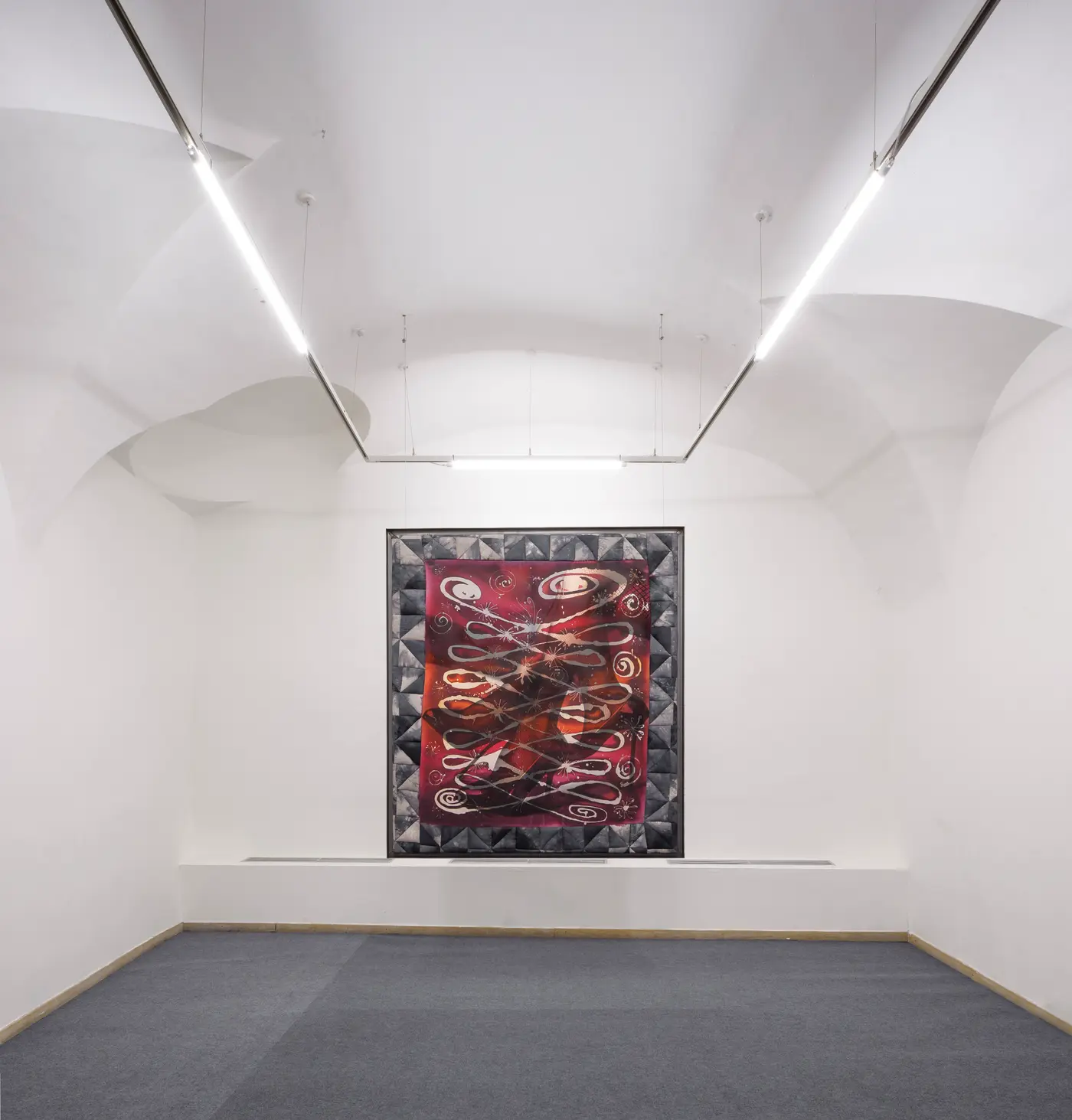
Her recent pieces trade in chrome, rubber, leather, and steel—parts that speak fluently in the language of masculine-coded machinery—but she doesn’t borrow them, she reroutes them.
Krňanská's practice has evolved into a sculptural grammar of resistance, where softness is neither retreat nor reaction, but recalibration.
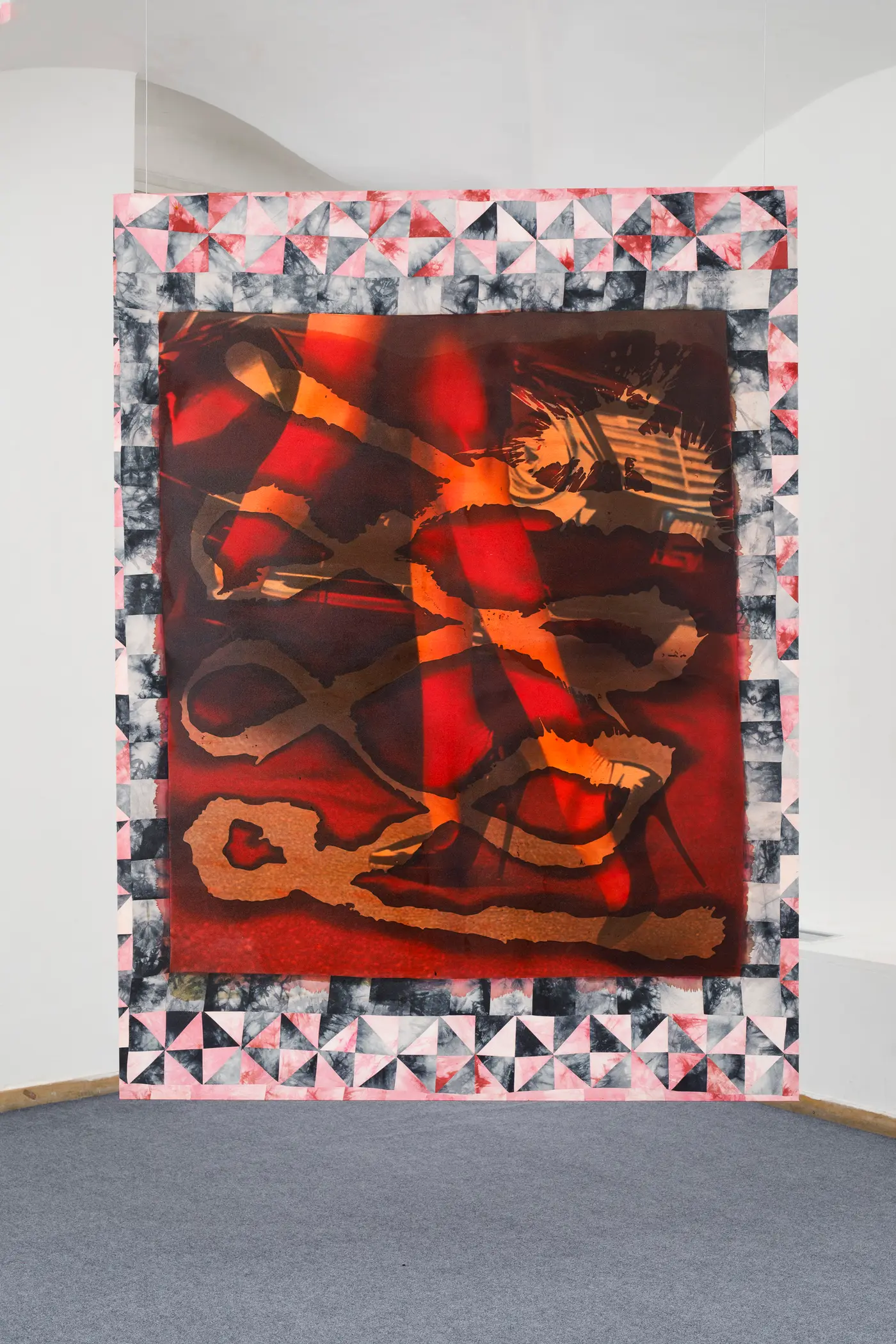
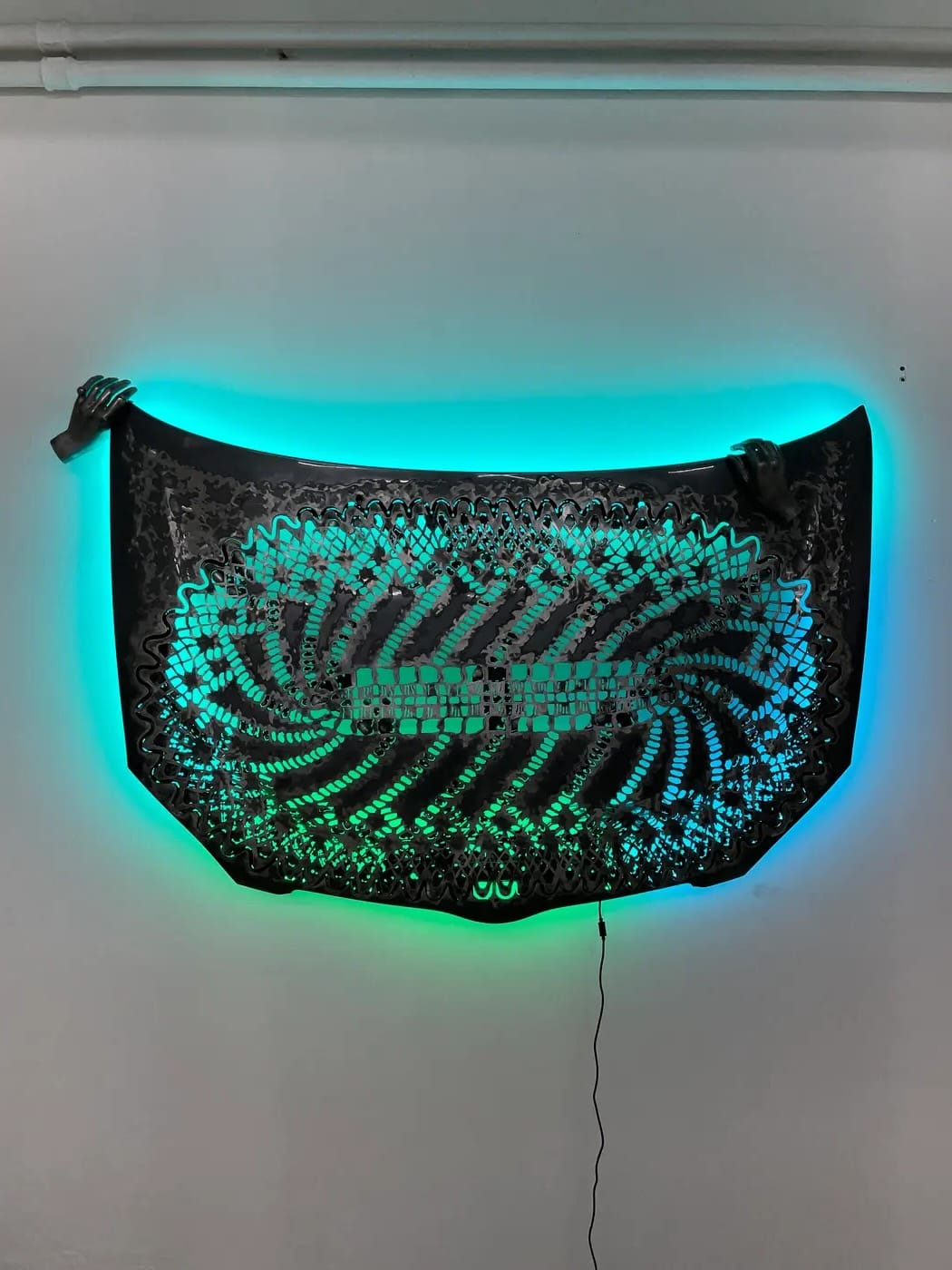
Bety Krňanská, works from “Unexpected Encounters” Shown at Galerie AMU and curated by Caroline Krzyszton (@carolinekrzyszton), these two pieces—one sculptural, one painterly—highlight the full material arc of Krňanská’s practice. From backlit car hood to stitched-red abstraction, each work reveals gendered codes through surfaces of collision and control. 📷 Photos by Tomáš Souček (@verdikt11) Permission and courtesy of the artist.
Originally grounded in quilted surfaces and textile logic, her current works adopt a strikingly assertive physicality: car bumpers dissected and pierced with lace-like patterning, leather car seats marked by metallic prosthetic hands, glowing hood ornaments cut into doilies of industrial trauma.

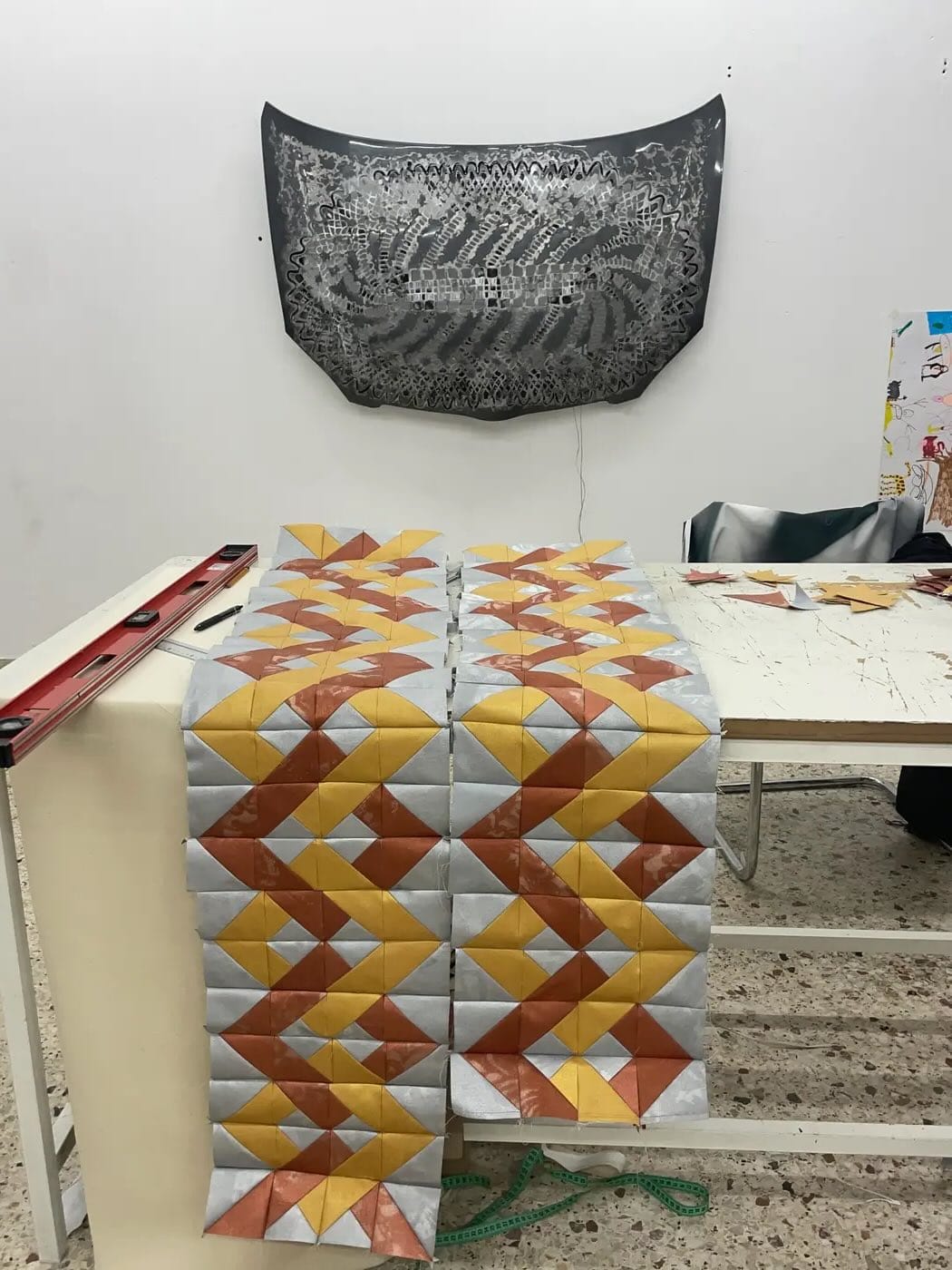
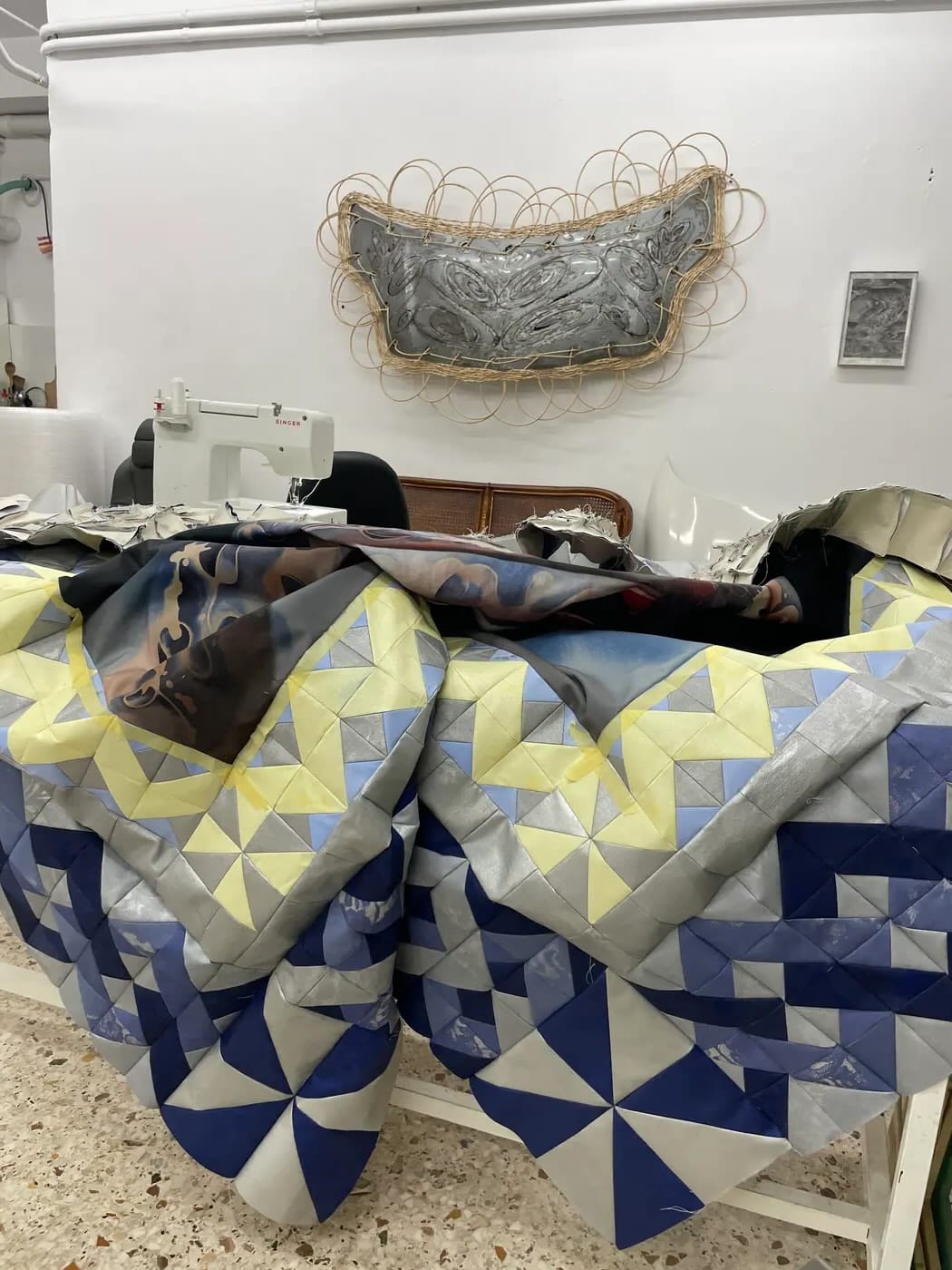
Bety Krňanská in her studio, quilting with steel and textile. On the wall: a repurposed car hood intricately cut and framed with rattan—a hybrid of utility, gendered objecthood, and ornament. Below, a hand-stitched modular panel ripples across the table like armor disguised as comfort. Permission and courtesy of the artist.
This is no longer a quiet negotiation between care and critique—it’s a full-body hijack of cultural syntax.

In Krňanská’s installations, the domestic doesn’t disappear—it becomes dangerous.
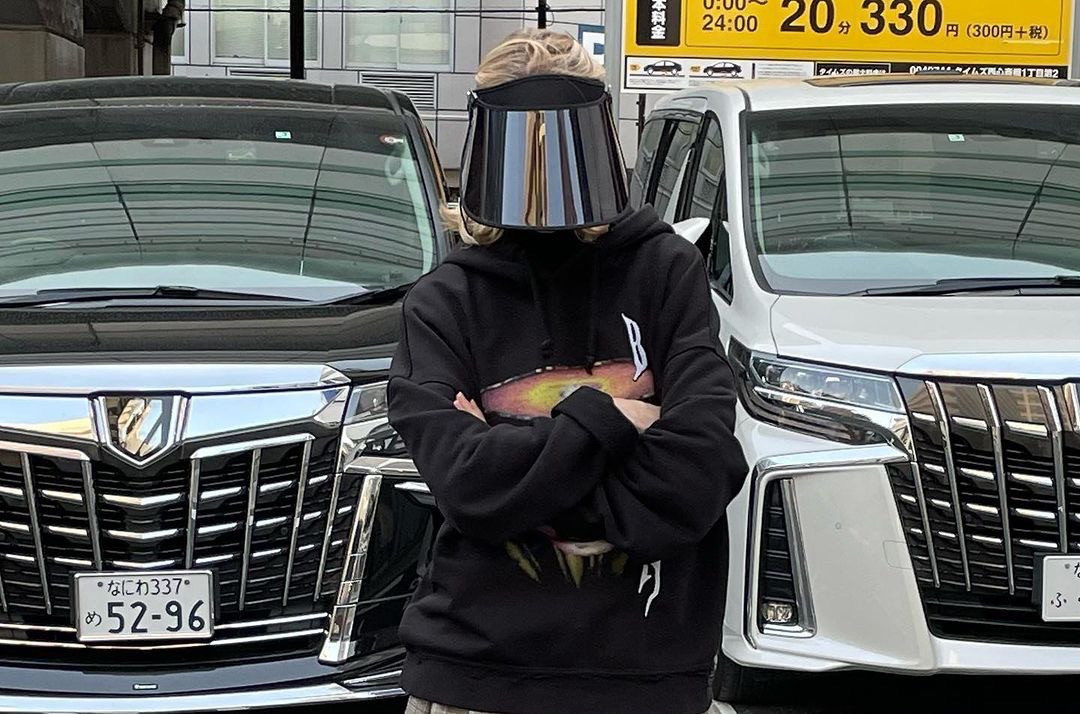
Interview with Bety Krňanská - Oblo Gallery
The quilt motif remains, but it now frames images of high heels in driver seats, fractured chrome, tire patterns, and gloved limbs suspended in space. Her stitching gestures persist, but in steel.
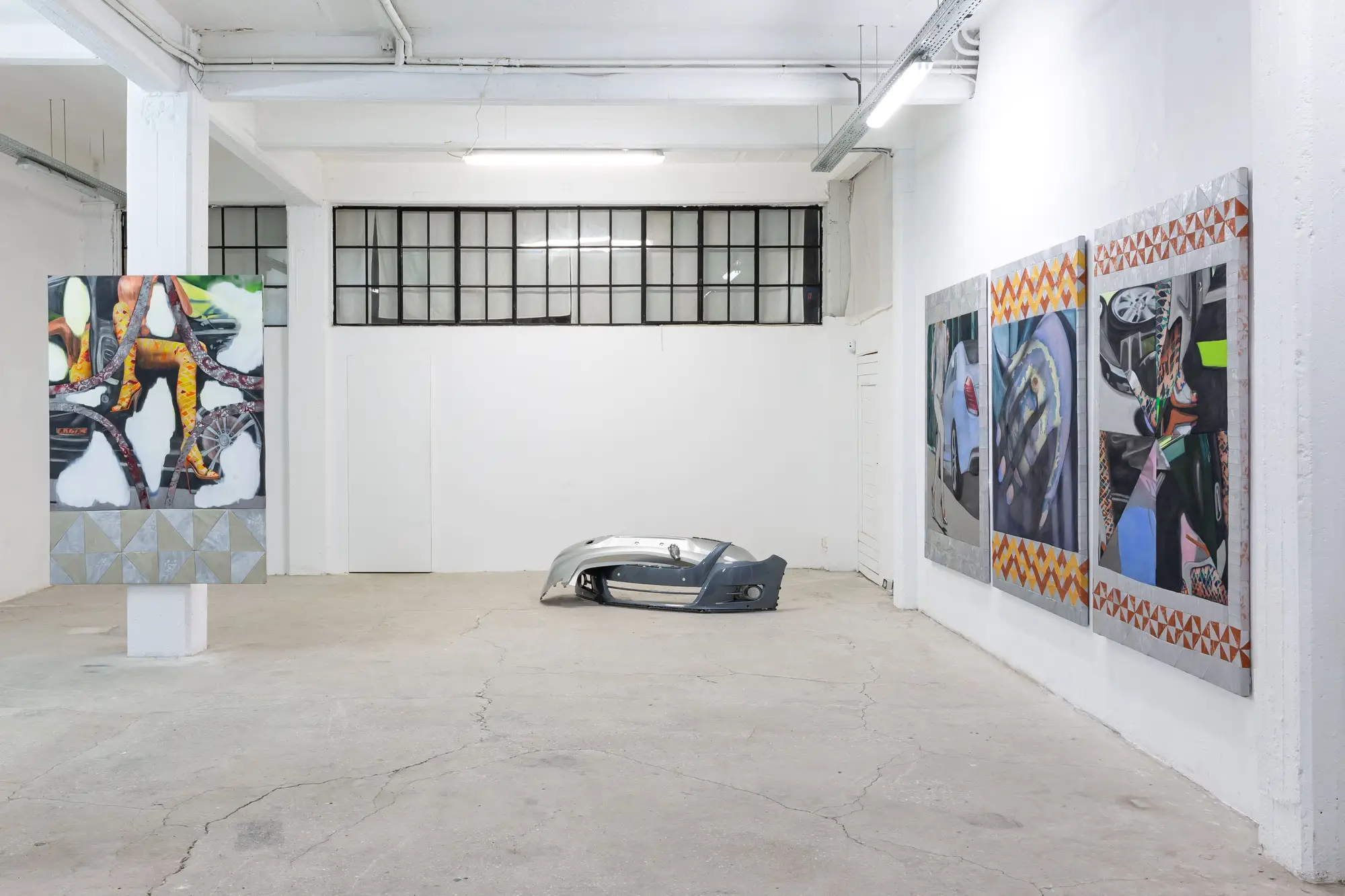
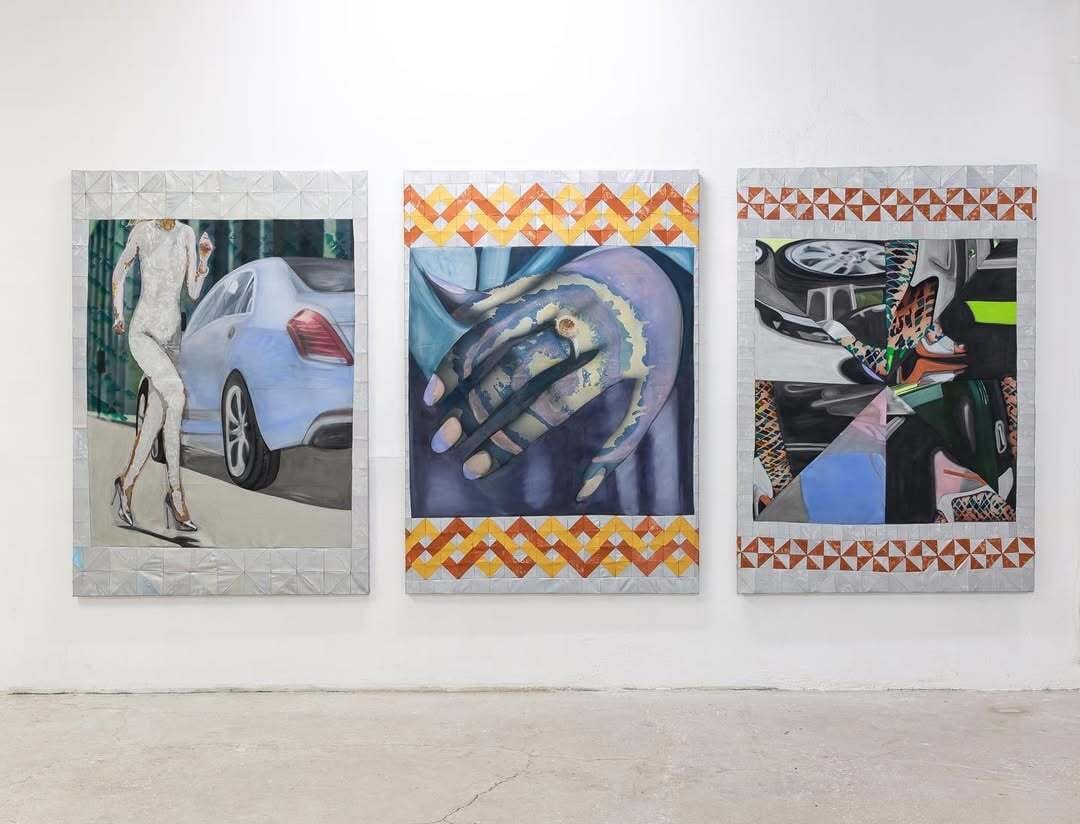
The feminine, in her hands, isn’t contrasted with the masculine—it parasitizes it, reconfigures its grip.
What emerges is a new vocabulary of power: one that neither confirms nor denies the gendered objects it co-opts, but forces them into implosion.
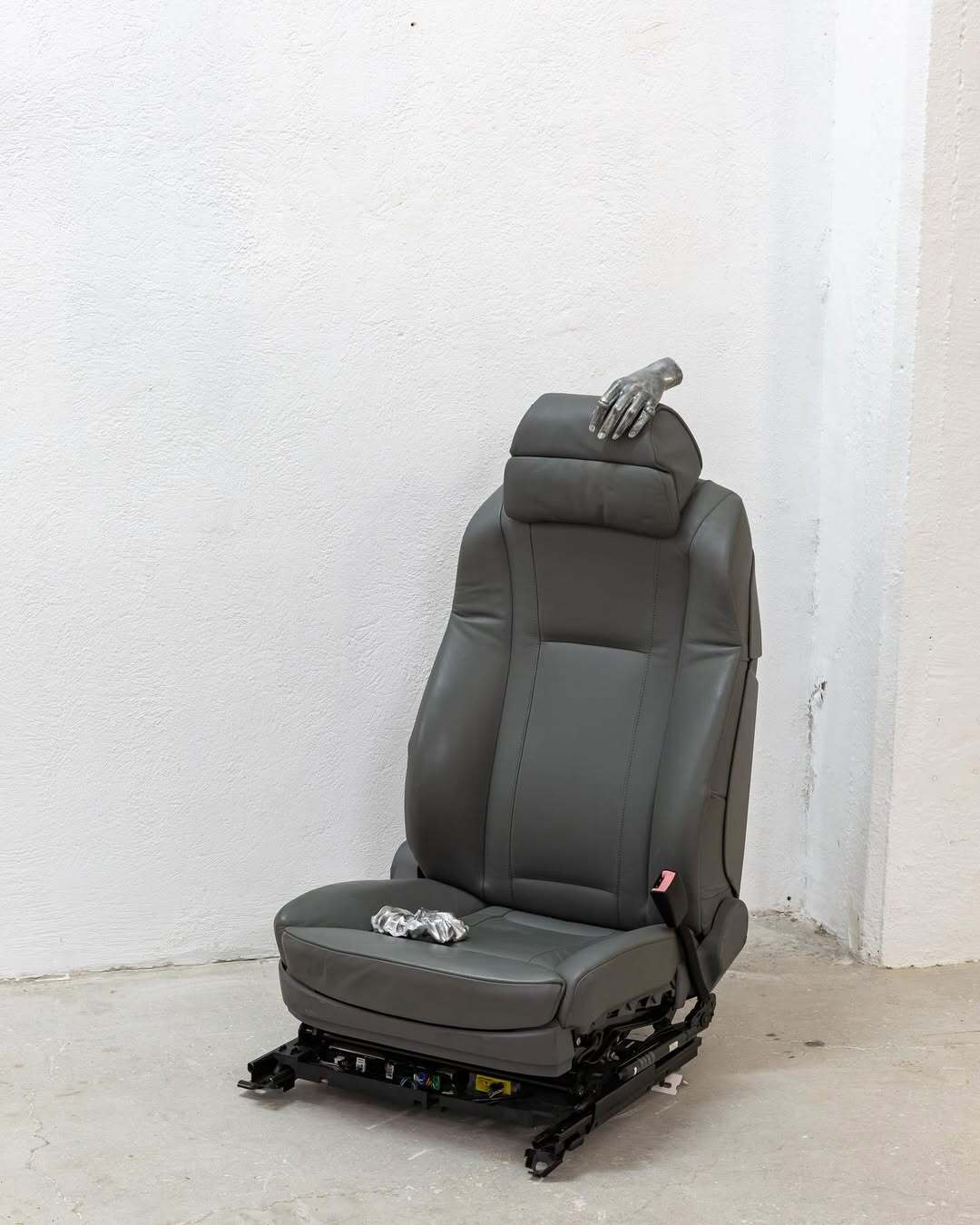
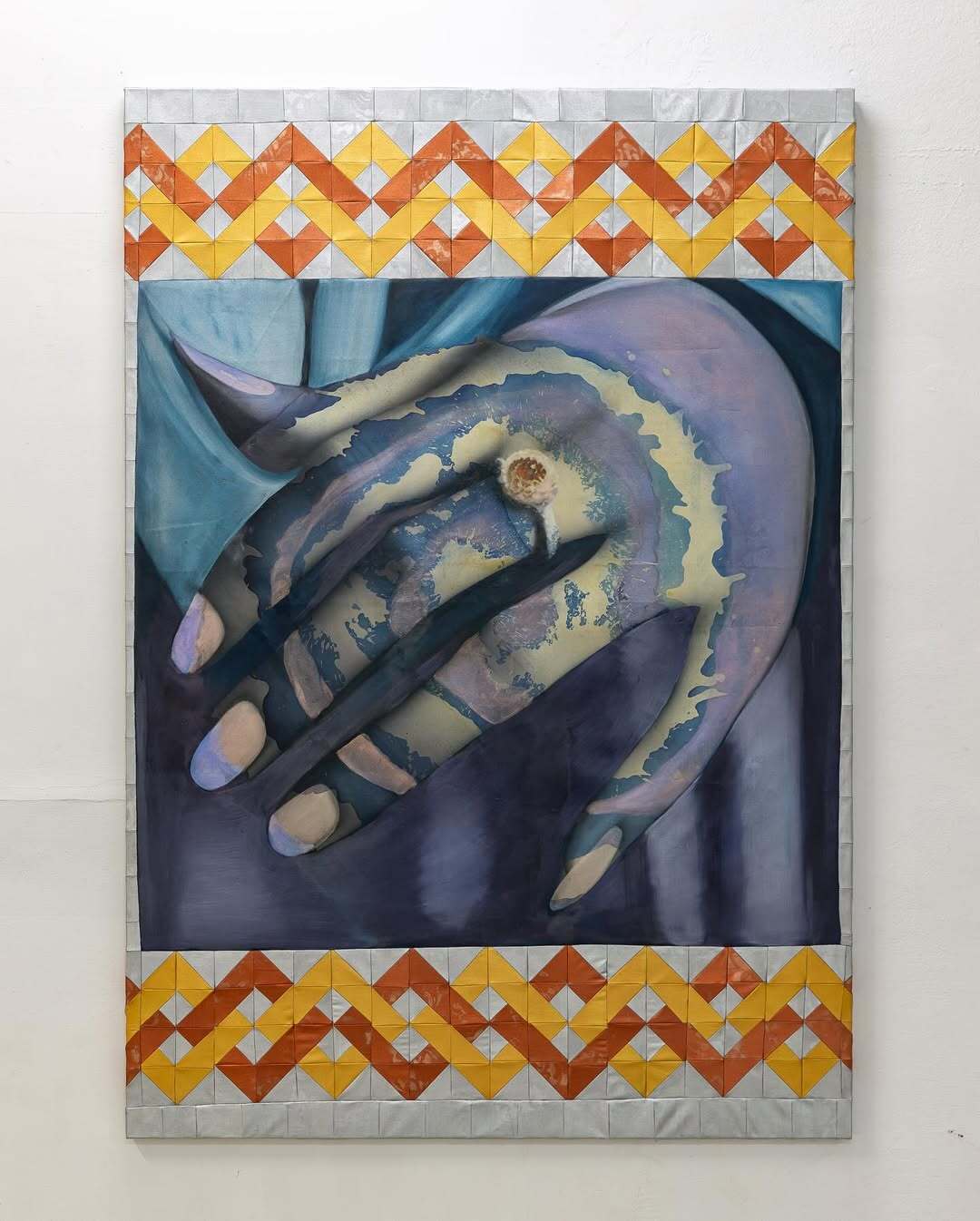
Exhibition titled I want You to See it. atAlkinois Gallery,Athens. @alkinois Text by Panos Giannikopoulos @panosgnk Photo credits Thanassis Gatos @thanassisgatos I Want You to See It. A command, a tease, a dare. The voice behind it lingers—untraceable but insistent. The phrase unfurls like a late-night whisper, part libidinal impulse, part glitching ad algorithm tuned to urgency and want. But what, exactly, should be seen? The body or its engineering? The moment desire flickers between the two? Bety Krnanská constructs paintings that hold this tension, stretching and fraying at the edges of seduction and automation, forcing the act of looking into something slower, stranger, more precarious... Installation Views: 1.”In your hands” & “Scrunchie” aluminum casted objects, leather eletric Mercedes car seat 2. “What Does It Mean?” 135x190cm - Permission and courtesy of the artist
A stoic leather car seat becomes an altar. A bumper, a tapestry. Her motifs create a spatial syntax of tension—what belongs where, who drives what, and what softness survives impact.
While others ask about AI and the digital as disembodied futures, Krňanská insists on a very physical question: Who gets to touch what?
Her sculptures are about access, interface, and surface—as sensual as they are institutional. There’s no illusion of neutrality here. Even the gesture of quilting has teeth.
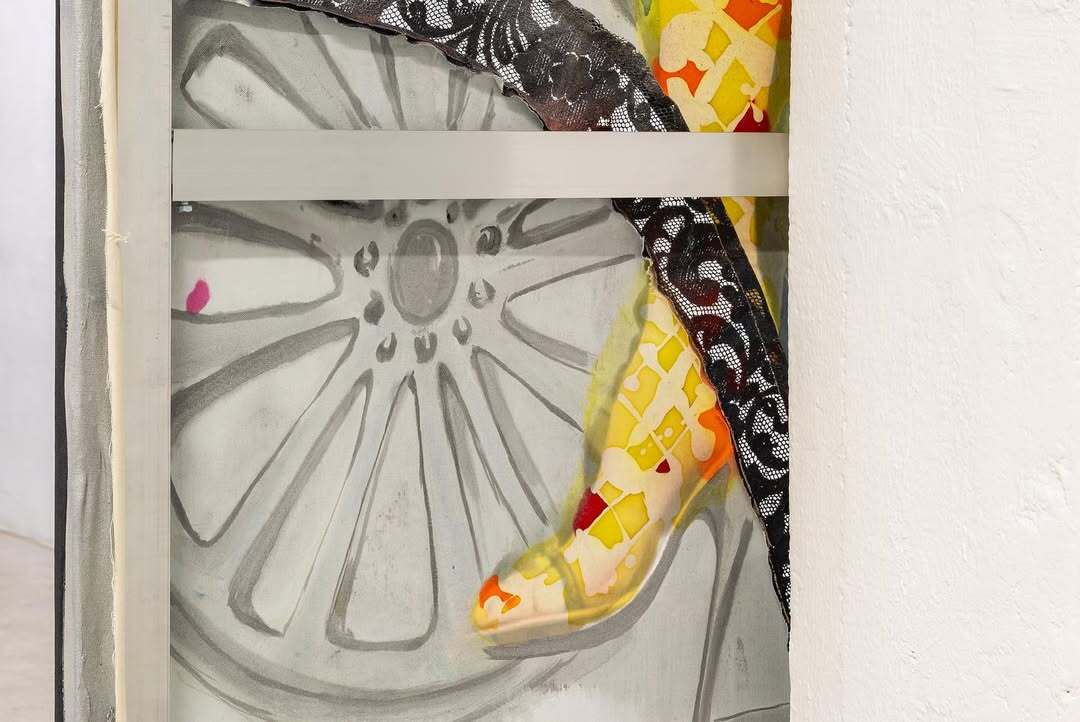
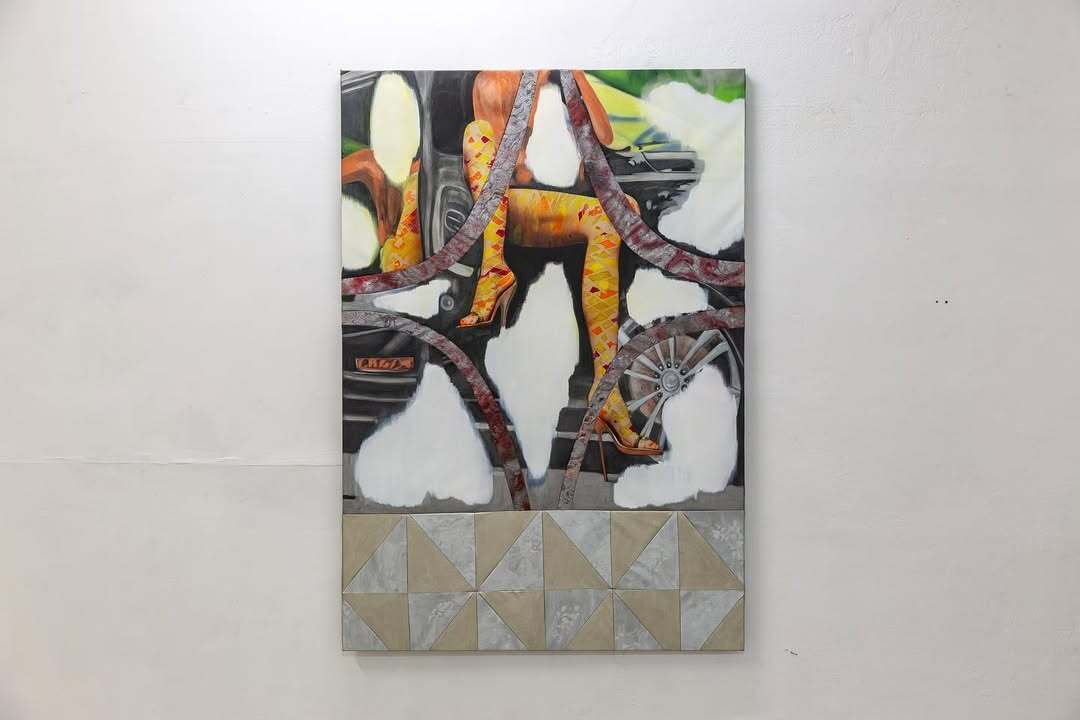
Her practice, located between Athens and Prague, balances rawness and calculation. There’s a poetics of visibility at play—not just in what is shown, but what is encased, padded, or shielded.
The viewer isn’t only looking at materials; they’re implicated in the infrastructure of their meaning. Krňanská’s installations don’t decorate—they stage.
Key Themes
- Gendered labor and material symbolism
- Industrial vs. domestic visual codes
- Post-feminist identity and fragmentation
- Surveillance of touch and control
- Sculptural painting as visual hijack
Notable Series / Visual Motifs
- Sculptural bumpers with lace-cut overlays and LED backlighting
- Car seats with metal hands referencing prosthetics and grip
- Large-format paintings framed with stitched geometric textile borders
- Hybrid works combining car imagery, footwear, and fragmented body parts
- Quilted panels as both cushion and cage
Positioning in Contemporary Art
Krňanská belongs to a cohort of artists dismantling the gender binary of materials: the false softness of craft, the assumed hardness of metal.
Her work resonates with artists like Mika Rottenberg, Magali Reus, and Jana Euler—not in form, but in intervention.
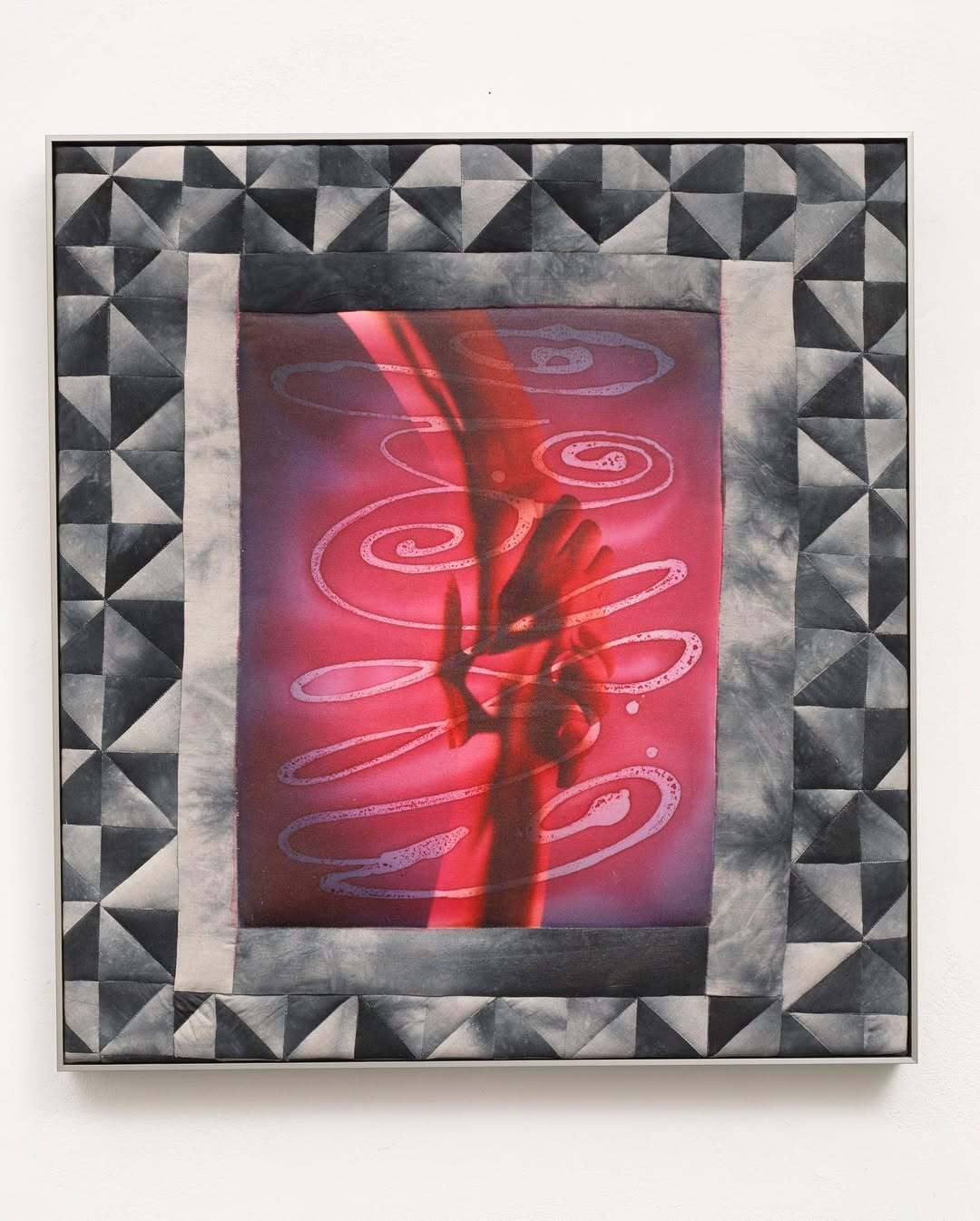
She doesn’t aestheticize feminist thought. She materializes its contradictions. Her art is not a metaphor—it’s a chassis.
Follow Bety Krňanská on Instagram.
Alkinois Gallery Athens on Instagram

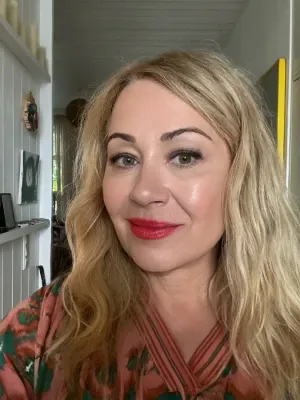



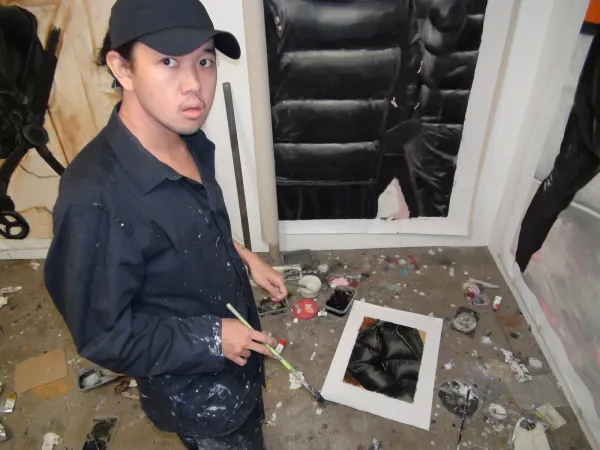
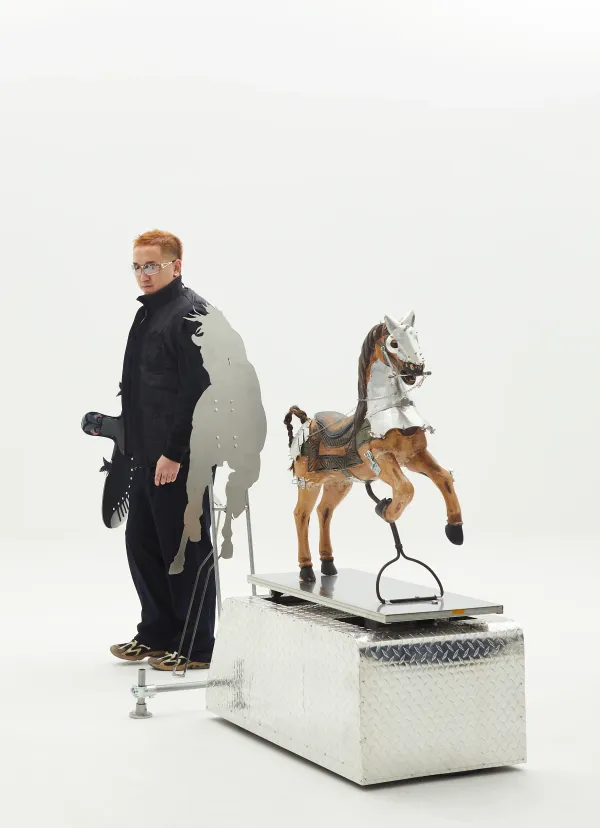
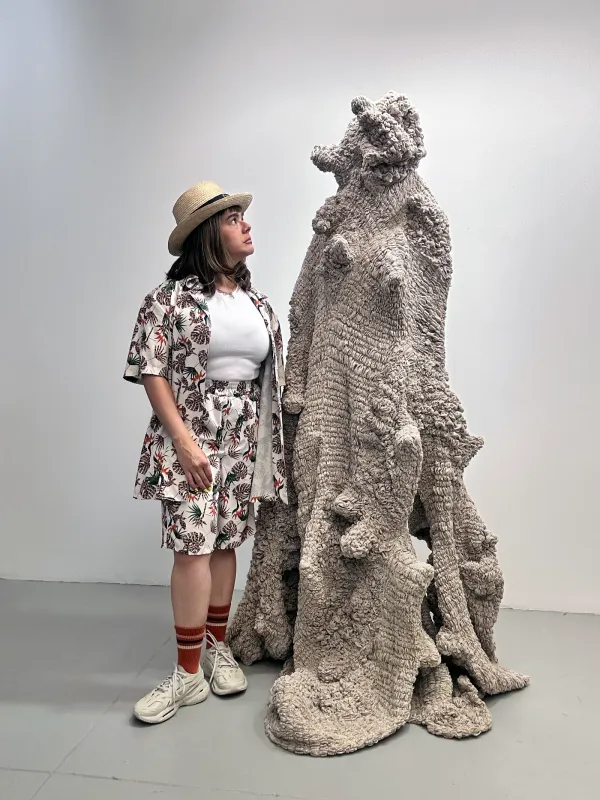
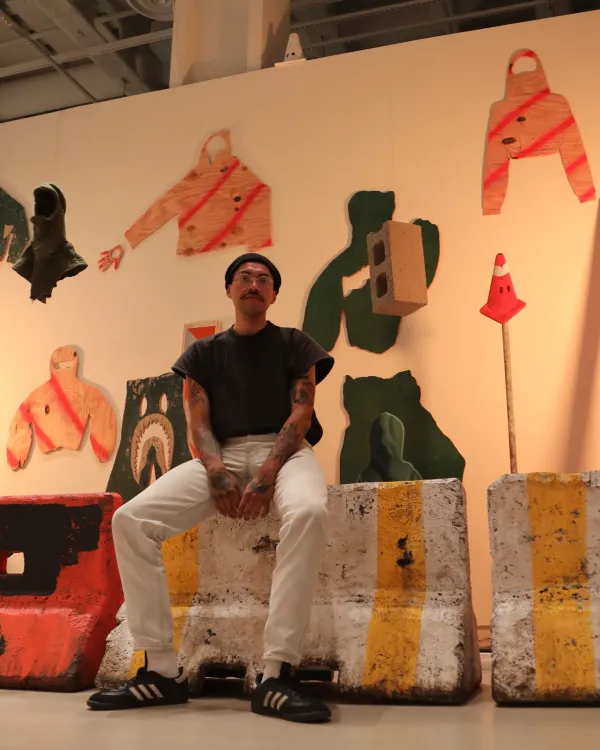
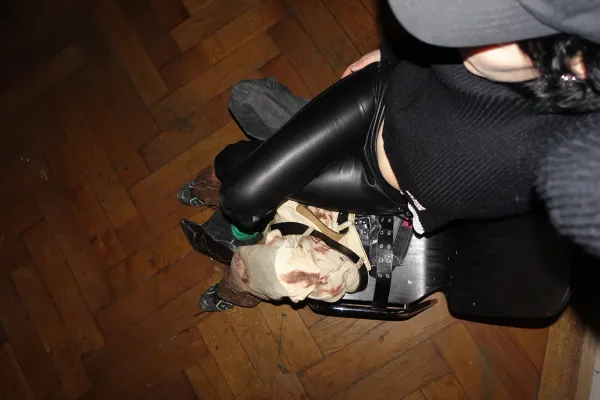
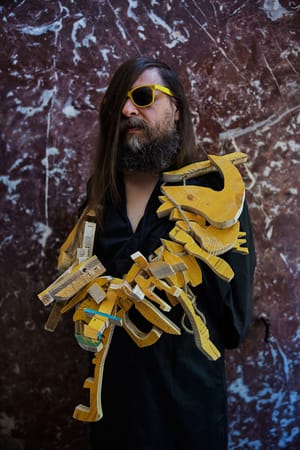
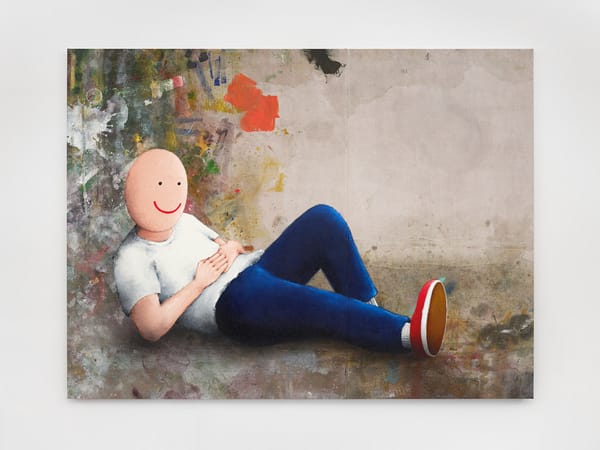
Member discussion